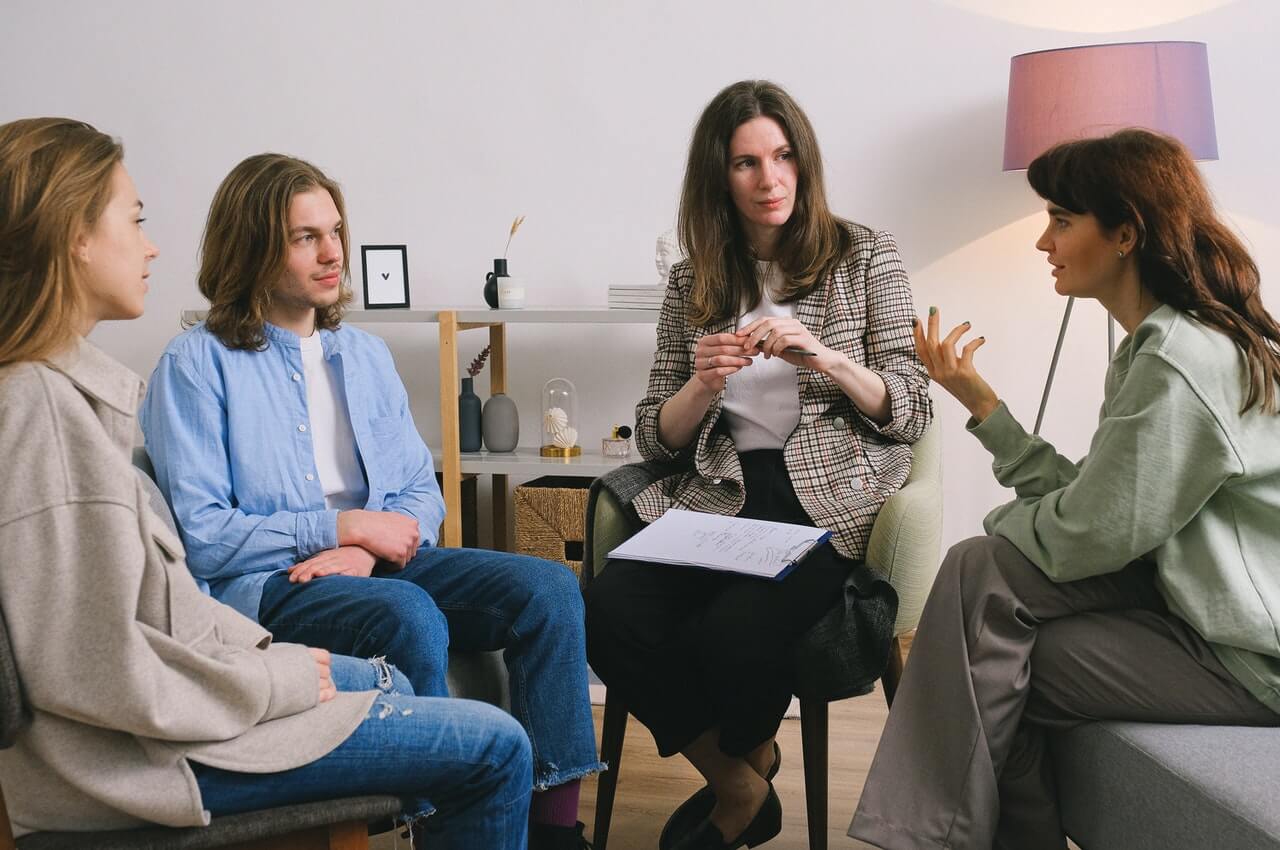In multiple recent posts, I discussed techniques for building training that is more likely to result in actual learning. And while I believe that effective training is an investment that will yield a very positive ROI for companies, organizations cannot ignore where the majority of actual learning takes place. The majority of learning in an organization is a result of informal interactions. Employees learn by observation and dialogue with peers, leaders, managers and others. They learn limits by watching reactions of their supervisors and the consequences that come with pushing the limits. It is also within these same interactions with peers, leaders and managers that can make or break the learning transfer after a training session. So while training and HR departments are building programs to develop skill sets or improve performance, the real change happens in the culture. And the culture is built by all those interactions and observations that occur “back on the job.”
Company culture is a powerful thing.
. It teaches employees what is acceptable and what is not.
. It overwrites the handbook and all the training sessions.
. It serves as the check point for employees when making decisions in the trenches of the job.
. It takes blame for failed programs.
. It drives behaviors.
HR and Training Professionals who fail to consider the culture in the organization will also continue to fail to execute the programs they spend hours developing.
If you are thinking, “I can’t control the culture” Get out of HR.
If you are thinking, “I am only one person. How can I control the culture?”
Then start where you are. What culture are you modeling? What behaviors are you supporting? What do you choose to ignore and what do you choose to freak out about?
Employees learn what is acceptable by watching reactions and consequences. Not by handbooks. Use that to build the culture that drives the behaviors that drive the business and you’ll get and keep your seat at the table.
—
For more resources, See the Human Resources library.
—

